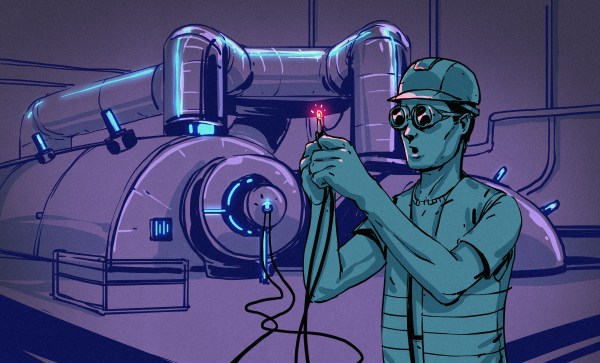If you’re the sort who finds beauty in symmetry – and I’m not talking about your latest PCB layout – then you’ll appreciate this clever take on the long-tailed pair. [Kevin]’s video on this topic explores boosting common mode rejection by swapping out the old-school tail resistor for a current mirror. Yes, the humble current mirror – long underestimated in DIY analog circles – steps up here, giving his differential amplifier a much-needed backbone.
So why does this matter? Well, in Kevin’s bench tests, this hack more than doubles the common mode rejection, leaping from a decent 35 dB to a noise-crushing 93 dB. That’s not just tweaking for tweaking’s sake; that’s taking a breadboard standard and making it ready for sensitive, low-level signal work. Instead of wrestling with mismatched transistors or praying to the gods of temperature stability, he opts for a practical approach. A couple of matched NPNs, a pair of emitter resistors, and a back-of-the-envelope resistor calculation – and boom, clean differential gain without the common mode muck.
If you want the nitty-gritty details, schematics of the demo circuits are on his project GitHub. Kevin’s explanation is equal parts history lesson and practical engineering, and it’s worth the watch. Keep tinkering, and do share your thoughts on this.

















